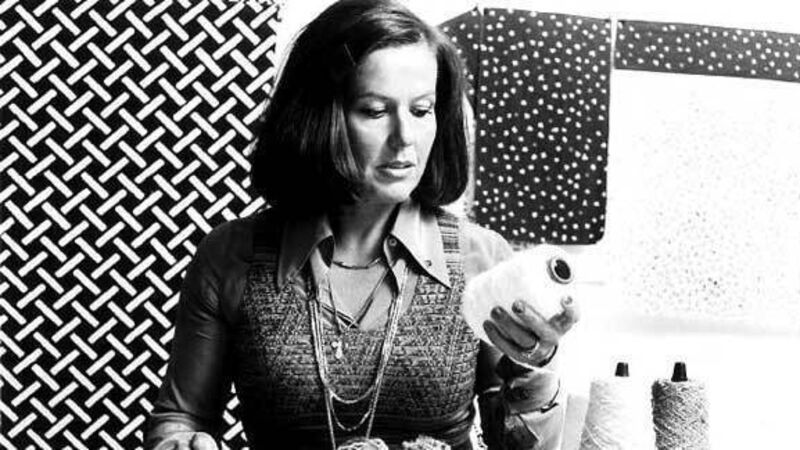Vintage view: Finnish textile designer, Marjatta Metsovaara

This Tuesday as we celebrate International Women’s Day 2016 — it seems fitting to take a look at one of the softly-sung, female heroes of textile design, Marjatta Metsovaara (1927-2014).
Her most iconic mid-century creations are national treasures in Finland and four of the most beautiful imaginings are being relaunched in the summer by fabric house Vallila Interior.













